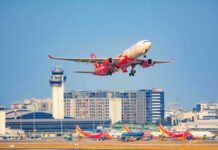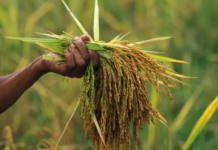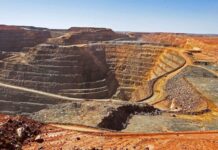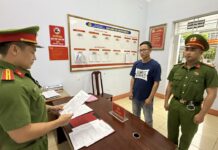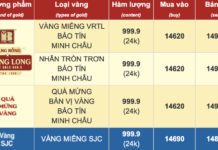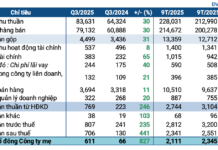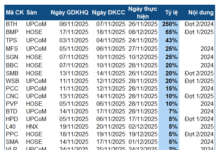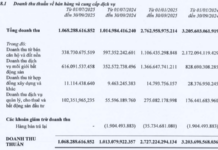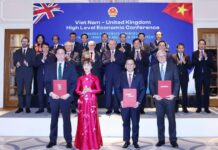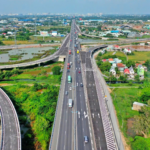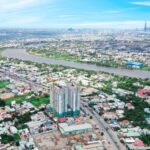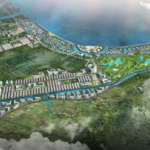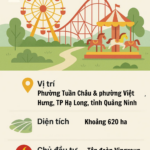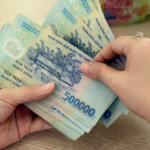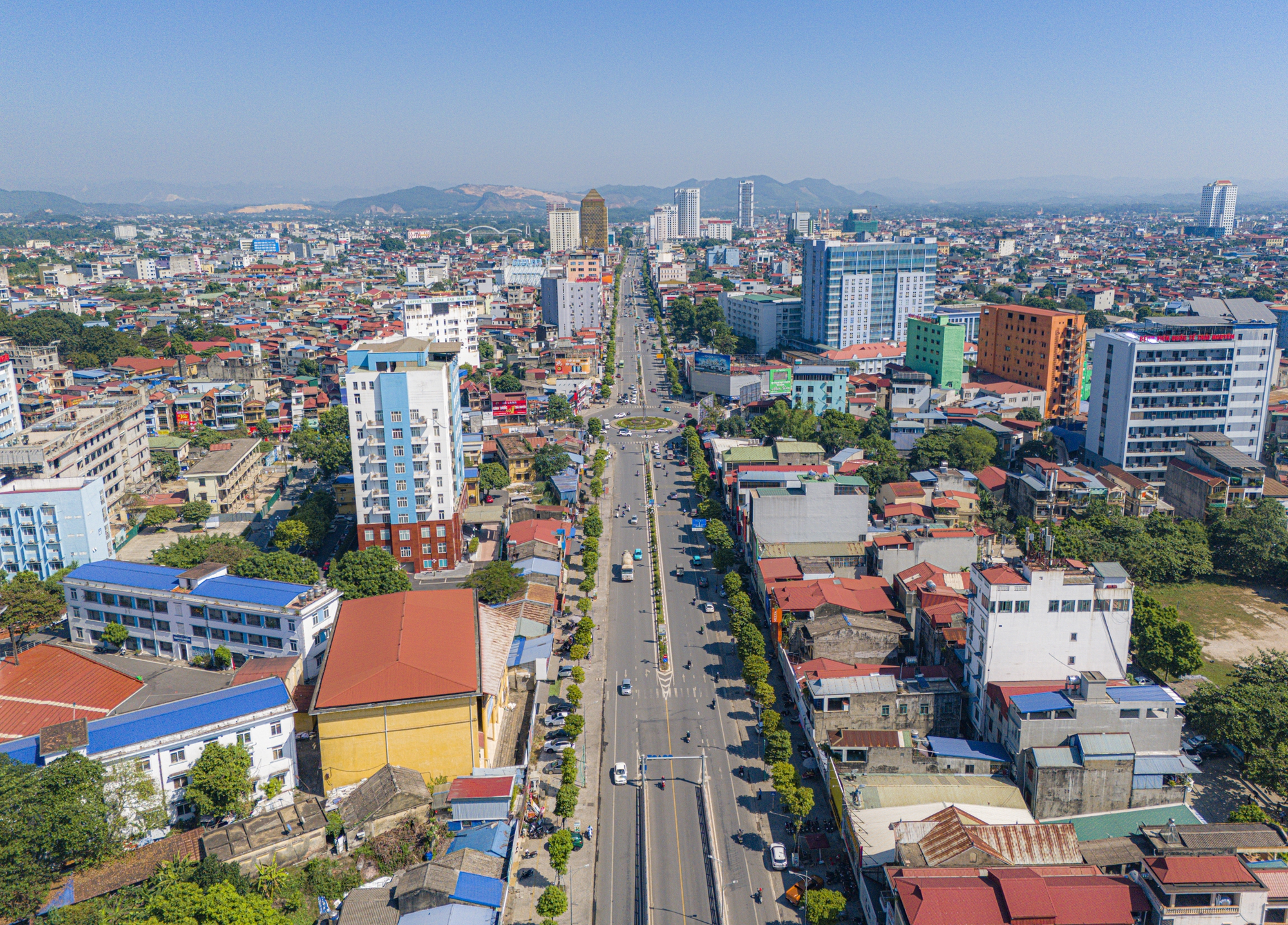
The province of Thai Nguyen, located about 70 km from Hanoi, has prioritized investing in infrastructure development to leverage its geographical advantages. In the past term, the province allocated over VND 9,170 billion for 26 key projects, including 17 expected to be completed with nearly 160 km of new and upgraded roads and over 2,200 km of rural roads.
Before the merger, the former Bac Kan province also allocated VND 5,770 billion for 12 projects, improving and expanding over 110 km of provincial roads, gradually completing its transportation network.
Several vital routes, including the Hanoi-Thai Nguyen Expressway, National Highway 3, National Highway 37, and Ring Road V (Thai Nguyen section), have been upgraded and expanded to enhance connectivity with other provinces and economic centers in the North.
Notably, the Cho Moi-Bac Kan Expressway, with an investment of VND 5,750 billion, connects to the Thai Nguyen-Cho Moi and Bac Kan-Cao Bang expressways, reducing travel time to Hanoi and boosting the development of the midland and mountainous regions of the North.
The Ho Chi Minh Road project, Cho Chu-Tuyen Quang section, passing through Thai Nguyen, is also being expedited and is considered a vital North-South artery, driving transportation, tourism, and cultural exchange.
In parallel, Thai Nguyen has proactively reviewed and adjusted its master plan, sub-regional plan, and county-level regional plan to align with the provincial plan, laying the foundation for the formation of modern urban areas and industrial parks and promoting comprehensive socio-economic development.
Before the merger, Thai Nguyen had planned 11 industrial parks covering a total area of 4,245 hectares and a concentrated information technology park, with five currently operating effectively. For industrial clusters, the province has planned 41 clusters with a scale of 2,060 hectares, and 17 have been established, spanning over 861 hectares.
In the former Bac Kan province, nine clusters were planned, and 11 industrial clusters were established on an area of 358 hectares, contributing to expanding the production space and diversifying the economy.
Well-planned and substantial investment in infrastructure is becoming a crucial driver of Thai Nguyen’s comprehensive development. With a clear and determined strategy, the province is steadily progressing towards becoming a modern and sustainable economic and industrial center in the North, laying a solid foundation for future prosperity.
Empowering Ho Chi Minh City: Unlocking its Full Potential with Additional Authority and Mechanisms
“Post-merger, Ho Chi Minh City requires additional mechanisms and special policies to catalyze transformative growth. The focus should be on addressing infrastructure challenges, attracting strategic investors, and fostering sustainable development to propel the city towards a prosperous future.”
The Data-Driven Insight into Real Estate Around Key Infrastructure
“Location, location, location” is a well-known mantra in the real estate industry, and for good reason. But it’s not just about the present location; it’s about the future potential of that area. A property’s value is influenced not only by its physical attributes but also by its “future prospects.” This includes prime locations, convenient transportation links, well-developed infrastructure, transparent legal frameworks, and the economic growth potential of the surrounding region. These factors create a foundation for sustainable value appreciation and are key considerations for savvy investors and homeowners alike.

